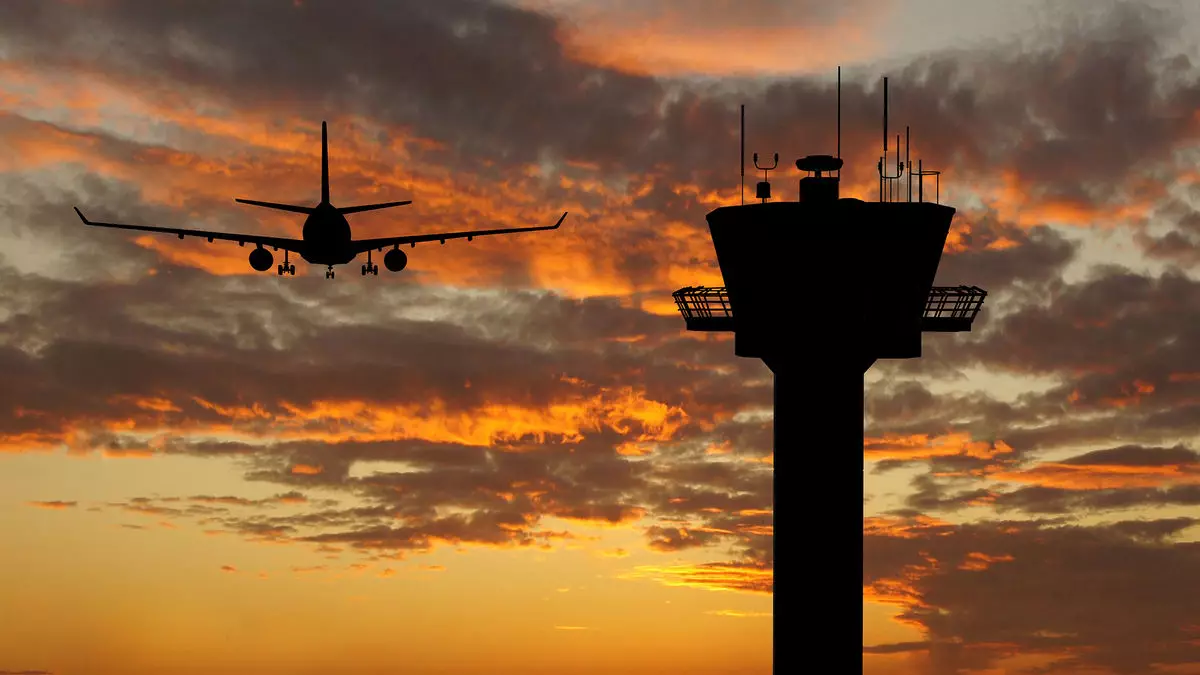In a recent address, former President Donald Trump spotlighted the pressing need to modernize air traffic control infrastructure in the United States, criticizing the existing system as outdated and directly linking it to a tragic midair collision that claimed 67 lives. His comments at the National Prayer Breakfast intensified discussions about the current state of aviation safety and the technological advancements necessary for the air travel industry to thrive. This article delves into the implications of Trump’s statements, the ongoing modernization efforts, and the broader ramifications for air travel safety in America.
The Wake of Tragedy
The catastrophic incident involving an American Eagle jet and an Army helicopter near Washington Reagan National Airport underscores the high stakes in air traffic safety. Occurring while the plane was approaching for landing, the tragedy raised immediate questions about operational protocols and the technological capabilities of the nation’s air traffic control system. Trump’s assertion that such an accident “would have never happened” with adequate infrastructure reflects a common sentiment that aversion to risk hinges on evolving technologies and improved systems.
This reflective moment may serve as a catalyst for policy discussions aimed at preventing similar tragedies in the future. Trump’s message resonates with many in the travel and aviation sectors, emphasizing the need for robust safety measures and the integration of advanced technology to minimize human error and operational failures.
Trump’s commitment to establishing a “great computerized” air traffic control system is not novel; rather, it echoes sentiments previously expressed throughout the aviation industry. High-profile voices like Geoff Freeman from the U.S. Travel Association affirmed the necessity for significant investment in both technology and workforce training to ensure that the aviation experience aligns with contemporary standards of safety and efficiency.
Yet, the specifics of what this modernization entails remain vague. The current air traffic modernization initiative, known as NextGen, has already absorbed close to $20 billion since its inception in 2007. Critics, however, argue that its rollout has been lethargic and that the end product will fall short of revolutionary improvements. This inconsistency disrupts the confidence that both the industry and the public have in leadership’s ability to prioritize safety and efficiency.
The Disconnect in Communication
Despite Trump’s strong rhetoric advocating for air traffic control advancements, his comments overlooked the ongoing NextGen initiative, leaving many to speculate whether his vision aligns with this existing framework or if he envisions something entirely new. U.S. Travel spokesperson Greg Staley articulated a much-needed call for clarity, highlighting that an effective modernization plan can only be realized through committed leadership and a coherent strategy.
There is a significant need for transparent communication to unify stakeholders involved in aviation. Without a structured approach to address past challenges and clearly articulate future plans, progress may falter, prolonging the uncertainties surrounding travel safety.
Trump emphasized that other countries possess “unbelievable air control systems,” hinting at the comparative advantage of global air traffic control technologies. While it is vital to learn from international best practices, the ultimate goal should be to tailor solutions that cater specifically to the unique challenges within the U.S. airspace.
Countries with advanced air traffic systems often saw early adoption of innovative technologies paired with rigorous public-private partnerships. The success of these systems warrants a closer examination of implementation strategies, highlighting the need for collaboration between government agencies, aviation professionals, and technology providers to create a sustainable model for air traffic control.
As the aviation industry continues to evolve, the implications of technological advancements and safety protocols must be at the forefront of discussion. The urgency raised by the tragic midair collision should not merely serve as a rallying cry but should instead catalyze actionable steps toward implementing a comprehensive air traffic control system that emphasizes safety, efficiency, and reliability.
Enhancing air travel safety in America requires forward-thinking strategies that incorporate state-of-the-art technology, adequate training, and cohesive leadership. It is crucial for all stakeholders within the aviation domain to engage in productive conversations to achieve a world-class air traffic control system that not only meets but exceeds the pressing needs of a rapidly growing industry.


Leave a Reply